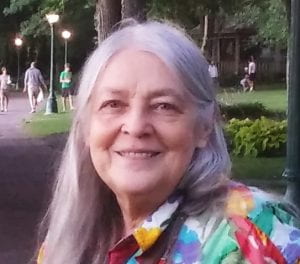On October 26, 2020, SCSU’s Linguistic Portfolios (LP) surpassed 100,000 downloads! This is a huge accomplishment!
Read the following excerpt, from Ettien Koffi, Professor of Linguistics, which explains how impactful this accomplishment truly is!
Today, October 26, Linguistic Portfolios (LP), the research-based journal of the linguistic emphasis in the English Department at SCSU reached 100,000 downloads today!!! I began this publication in 2012 with the goal of letting the whole world know about the cutting-edge research that the students in Linguistics/TESL are doing. The response has been overwhelming, well beyond my wildest imagination. Articles from LP have been cited by leading journals in many fields, not only in linguistics, but also in engineering, robotics, and computer science. As of today, 10/26/2020, 32,750 institutions have downloaded articles from LP. Of these, 55% are in education, 33% are commercial, 5% government, 4% organizations, 3% others. The acoustic phonetic research in which my students and I are engaged has caught the attention of the world of academia and ALSO the world of language technologies: Google, Facebook, Amazon, etc. Leading universities around the world have downloaded articles from LP. Our cutting-edge acoustic phonetic research and findings help build smarter voice-driven artificial intelligent systems. I’m extremely proud that a small program like ours is having such a huge impact around the world. If you click on the link below, you will see the worldwide impact of LP:
https://repository.stcloudstate.edu/stcloud_ling/
I’m happy to share this momentous milestone with the whole department. I’m proud of the impact that SCSU is having around the world through LP!
Consider checking out Linguistic Portfolios and by all means, download some content! It’s filled with some amazing pieces!
Thank you to anyone who has downloaded or visited this page!
Congratulations to the English Department, and more specifically our Linguistics professors and students for making this accomplishment possible.











